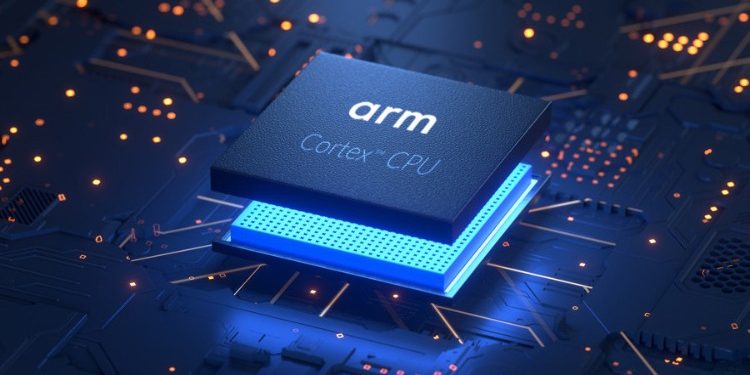ARMv9 is the new generation of mobile application development and smartphone technology. ARMv9 is designed to provide power savings on a device-by-portable device basis. It can be used in conjunction with the new Cortex A-X architecture, currently being used in many mobile phones, tablets, netbooks, and other devices. This new architecture promises to deliver great new opportunities for mobile device development.
Samsung and other mobile device manufacturers are in the early stages of incorporating this new technology into new smartphones, tablet devices, and other mobile devices. ARMv9 is being developed by Samsung for its own devices and to sell into new markets. Samsung and ARMv9 have worked very closely over the last few years to jointly develop the new architecture.
Samsung has long held a close relationship with ARM Incorporated, having purchased ARM Inc. in 2021. In addition, Samsung worked with ARM on the design of the new Galaxy S smartphone and Touch series of smartphones. Samsung is one of many companies that has formed an alliance with ARM for the development of new enterprise-oriented mobile technologies. Samsung’s participation in ARM’s consortium allows them to utilize cutting-edge technology for mobile enterprise applications.
ARMv9 is being designed for mobile enterprise applications through the incorporation of ARMv7 technology. ARMv7 was developed by ARM for mobile phones, but it was found to have several limitations. For example, the technology lacked sufficient support for multitasking and its memory bandwidth was insufficient for high performance. Armv7 is being used to simplify the design of complex programs through the incorporation of XYZ encoding. ARM continues to improve the performance of its microprocessor-based on the Cell architecture. It provides a number of benefits for devices in the enterprise environment.
Samsung plans to offer the Galaxy S and other new devices in the second half of 2021 with ARMv9. This new architecture will provide a significant performance boost to mobile devices running on the older ARMv6 and ABIB instruction sets. The improved instruction sets will enable the new architecture to run efficiently on the Android operating system. Users can experience faster performance, reduced power consumption, enhanced security, and better reliability. Users can download apps that run more efficiently on new platforms and are capable of sharing content between different devices. Companies will be able to accelerate development cycles and achieve more efficient results.
The new technology will also support Secure Digital Connections (SDC) and Secure Digital Key Infrastructure (SDK). These are two enterprise-level solutions that are being offered as part of the Open Handset Alliance. They allow remote users to securely send information between a desktop and smartphone. Users can also send secure data to one another over Bluetooth or a cellular connection.
Samsung has long held a leadership position in the mobile enterprise market. The company is synonymous with its innovative mobile phones and other innovative mobile devices. Combining these devices with the innovative Browsing Engine technology will enable an enhanced user experience for the end-user. Browsing Engine will enable mobile users to quickly find information on the latest products and services.
Samsung is introducing the first of its planned Browsing Engine updates. This technology will allow companies to deliver faster, more personalized web pages. Browsing Engine will enable businesses to take advantage of the company’s shared workspace and build extensions for other company applications. This will help to leverage the company’s existing IT resources while speeding up deployment and reducing IT costs.
Samsung has designed the Armv9 architecture to run on a single ARMv8 core which is much more powerful than the previous ARMv6 CPU design. The first armv9 mobile enterprise devices are expected to sport a dual-core Armv8 mobile processor. A single, or dual-core processor will enable greater performance from this new Arm architecture. It also offers increased power savings and better power delivery than the current ARMv7 design.
Samsung is also introducing the first ARMv9 Mobile Enterprise Solutions with its new Galaxy Gear. This new solution will allow mobile enterprises to access their enterprise data through portable and internet-enabled devices. Users will be able to access their data via their mobile phones, tablets, and various other mobile enterprise devices via the Gear. Users will also be able to access corporate data via the Gear through the company’s online server. This will allow for greater user mobility and greater control when it comes to access to corporate data.
The Galaxy Gear is available for a price of $400 USD unlocked and will work with the Galaxy S4 smartphone. Samsung is not releasing the device in Europe at this time. The company is also planning to release the device in Asia and other regions during the third quarter of 2021. No release date has been announced for Europe or Asia. Samsung has confirmed however that the mobile enterprise devices will be available in the U.S. shortly.






























